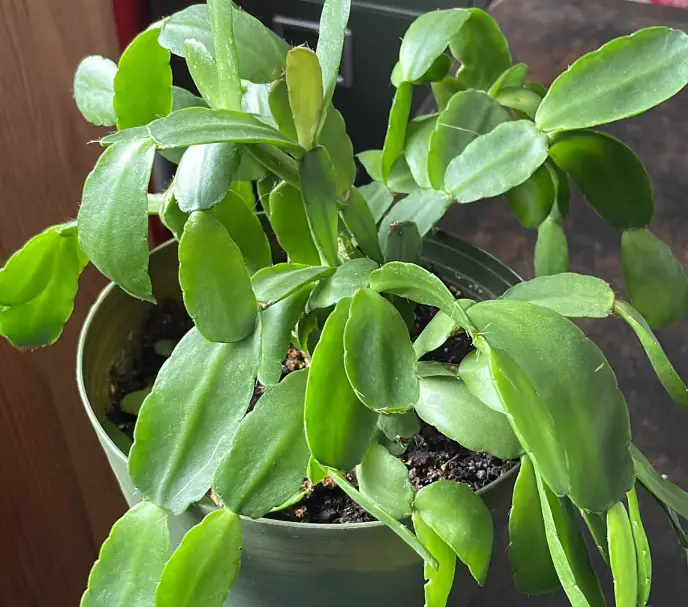Cacti have captivated plant enthusiasts with their intriguing forms and resilient nature. Their ability to thrive in arid environments makes them a symbol of endurance in the plant kingdom. However, even these hardy succulents require occasional repotting to ensure their continued health and vitality. The timing and method of repotting are instrumental in promoting growth and preventing stress. This article elucidates the optimal conditions for repotting cacti, exploring the signs of repotting necessity and detailing the best practices for ensuring successful transplantation.
Recognizing the Right Time to Replant
Understanding when to repot a cactus is crucial for its health. Several indicators suggest that it may be time for a transplant. Notably, rootbound plants often exhibit signs of distress. Observing roots coiling around the pot’s edges or protruding from drainage holes is a clear signal. This is the cactus’s way of indicating that the current pot is no longer sufficient to accommodate its growth needs. Moreover, if the growth rate significantly decelerates, it may suggest that the roots have exhausted the available nutrients in the soil.
Another sign necessitating a transplant is the yellowing of the cactus’s skin. This discoloration often points to poor drainage or root rot, particularly in the case of overwatering. Regularly inspecting the cactus for any unusual physical changes, including shriveling, can be beneficial. When water isn’t being adequately absorbed, cacti can lose their structural integrity. In most instances, late winter to early spring emerges as the best time for repotting. This is the period just before the growing season begins, allowing the plant to recover from its transplant with minimal stress.
Optimal Seasonal Timing
Understanding the natural cycles of a cactus can enhance your repotting timing strategy. Cacti typically enter a dormant phase during the winter months. During this time, they conserve energy and resources, preparing for the rejuvenating rains or warmth of spring. Consequently, repotting a cactus during its active growth phase is often most successful. This generally occurs from late spring to early summer, when daylight hours are longer and temperatures are milder. Transplanting at this time allows the cactus to acclimate to its new environment and is generally less traumatic for the plant.
Additionally, factors such as regional climate and specific species should inform your timing. Certain cacti may respond differently to seasonal changes, necessitating observation and attentiveness. For example, desert-dwelling varieties may show heightened activity following rainfall or significant temperature shifts. Therefore, always consider your geographical location and the particular species’ characteristics before deciding to repot.
Choosing the Perfect Potting Method
Once you have ascertained that it is time to replant your cactus, understanding the methodology is paramount. The potting process begins with selecting an appropriate container. Terracotta pots are often favored due to their breathability and ability to absorb excess moisture, which helps prevent root rot. However, plastic pots can also be used, provided they have adequate drainage holes.
Before beginning the actual repotting, ensure that you have the proper soil mix. A well-draining substrate is essential for cactus health. You can create a specialized cactus mix or purchase one from a garden center. These mixes typically include components like coarse sand, perlite, or pumice. The goal is to emulate the well-draining conditions of natural desert habitats.
When preparing to transplant, gently remove the cactus from its current pot. This must be done with care to minimize potential injury to the plant. A pair of tongs or a thick pair of gloves is advisable to protect your hands from spines and to maneuver the cactus effectively. Upon removing the cactus, inspect the root system for any signs of damage or rot. If you notice any unhealthy roots, prune them back with sterilized scissors to prevent further issues.
Once the cactus is free from its old pot and roots are pruned, it can be placed into the new container. Fill the new pot with a layer of fresh cactus mix, positioning the cactus upright, and then fill around the sides with more mix. Take care not to bury the base of the plant, as this can lead to rot. After the potting process is complete, water the cactus lightly to initiate the settling of the soil while ensuring not to over-saturate.
Post-Repotting Care Considerations
Post-repotting care is integral to helping your cactus flourish in its new home. Avoid the temptation to place your repotted cactus under direct sunlight immediately after transplanting; this can exacerbate stress. Instead, keep it in a bright but sheltered location for a few weeks, allowing the roots to acclimate and re-establish themselves in their new environment.
During this period, monitor the moisture level of the soil closely. It is advisable to allow the soil to dry out completely before rewatering. This helps in minimizing the risk of root rot, particularly while your cactus is recovering. Gradually, you can reintroduce the cactus to direct sunlight, observing how it responds to the change in conditions.
In conclusion, understanding when and how to repot your cactus is essential for promoting its longevity and health. By remaining attuned to the signs requiring transplantation and employing careful methodology, you can ensure that your cactus thrives for years to come. The process of repotting offers an opportunity to reflect on the intriguing adaptability and resilience of these remarkable plants, deepening your appreciation for their unique role in the ecological tapestry.





Leave a Comment